Features and value of aspen tree
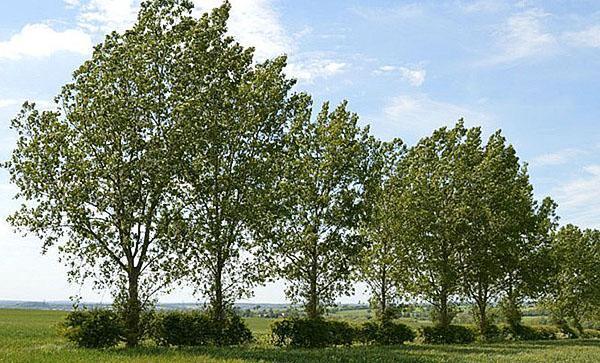 The aspen tree is common in temperate climates. This species must be distinguished from the poplar, its closest relative. With a slight breath of wind, its crown begins to move, therefore this plant is also called "trembling poplar". However, it is appreciated not only for its decorative qualities. Different parts of the tree are used for construction and medicine, and the shoots are used as animal feed.
The aspen tree is common in temperate climates. This species must be distinguished from the poplar, its closest relative. With a slight breath of wind, its crown begins to move, therefore this plant is also called "trembling poplar". However, it is appreciated not only for its decorative qualities. Different parts of the tree are used for construction and medicine, and the shoots are used as animal feed.
Read also the article: great sequoia!
Description of the species
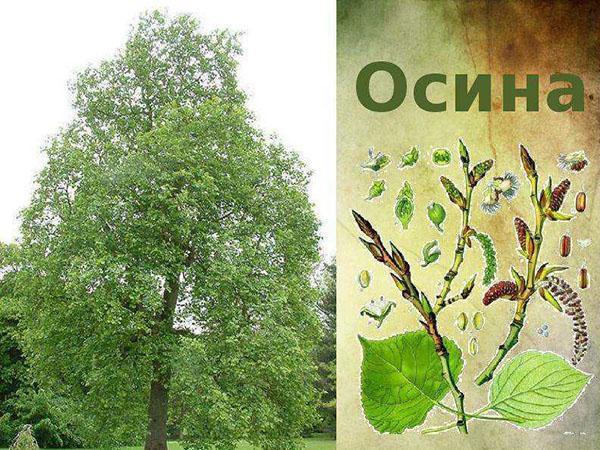 The aspen tree grows up to 15–20 m in height, some representatives can reach 30 m. This species has a straight columnar trunk up to 1 m in diameter and a gray smooth bark with an olive tint. On average, aspen lasts from 80 to 100 years, but some long-livers can grow up to 150 years or more.
The aspen tree grows up to 15–20 m in height, some representatives can reach 30 m. This species has a straight columnar trunk up to 1 m in diameter and a gray smooth bark with an olive tint. On average, aspen lasts from 80 to 100 years, but some long-livers can grow up to 150 years or more.
Aspen has several characteristic features:
- the bark remains smooth even in mature trees, sometimes shallow longitudinal cracks appear;
- rounded leaves, which are colored light green at the beginning of the season, then darken, turn yellow and fall off;
- flat but powerful and wide root system;
- flowering period begins in late July or early May.
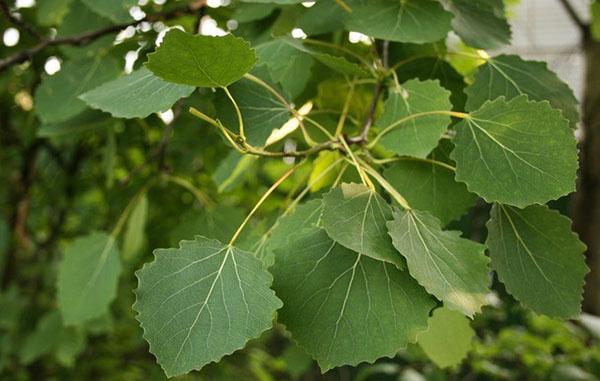 The leaves are rounded and arranged on long, flat cuttings.
The leaves are rounded and arranged on long, flat cuttings.
In the photo, an aspen tree can be confused with a poplar. To distinguish between these two varieties, it is sufficient to compare their leaves. They are rounded and serrated around the perimeter, and their width exceeds their length. Their peculiarity lies in the fact that they are fixed on flat cuttings. Thanks to this shape, they bend well, and at the slightest breath of wind, the crown begins to move. The front side of the plate is shiny, the back is matte.
In the description of the aspen tree, the shape and color of the flowers also matter. They are bisexual and form inflorescences - earrings. Women's flowers are bright burgundy, men's flowers are light green. In autumn, seed pods form on them, which are then carried by the wind.
What is the value of a tree?
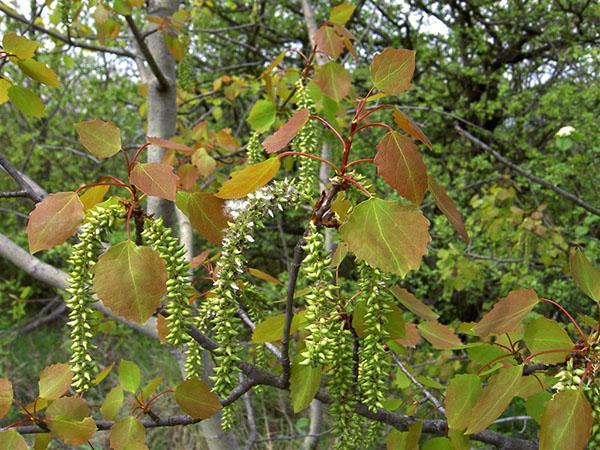 Aspen is grown on an industrial scale or parts of wild trees are used. The bark is harvested for the winter and eaten to tone the body and strengthen the immune system. The branches are added to sauerkraut to increase shelf life. Previously, this plant was used to prepare flour, which was used in baking bread. Now this tree is appreciated for its high-quality wood, and also continues to be used in folk medicine.
Aspen is grown on an industrial scale or parts of wild trees are used. The bark is harvested for the winter and eaten to tone the body and strengthen the immune system. The branches are added to sauerkraut to increase shelf life. Previously, this plant was used to prepare flour, which was used in baking bread. Now this tree is appreciated for its high-quality wood, and also continues to be used in folk medicine.
The floor of a tree can be determined by the color of the flowers.
In medicine
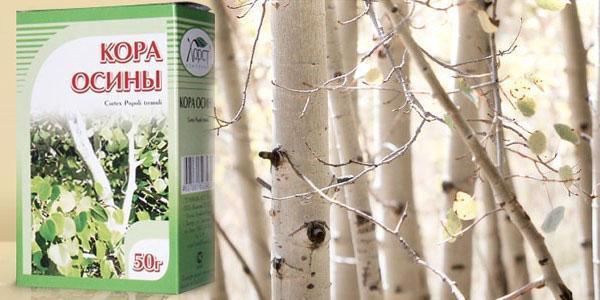 Various parts of the aspen tree are a source of organic acids, vitamins, carbohydrates and other useful substances. Decoctions and infusions are prepared from its leaves and bark, shoots are used to prepare infusions and ointments. Funds can also be added to fortifying baths. Depending on the method of application, aspen allows you to get rid of a number of problems:
Various parts of the aspen tree are a source of organic acids, vitamins, carbohydrates and other useful substances. Decoctions and infusions are prepared from its leaves and bark, shoots are used to prepare infusions and ointments. Funds can also be added to fortifying baths. Depending on the method of application, aspen allows you to get rid of a number of problems:
- decoctions - from a wet cough and excessive sweating;
- leaves - against hemorrhoids, seasonal diseases of the upper respiratory tract;
- bark in the form of tinctures - from arthritis, cough, inflammatory diseases of the urinary tract, as well as to stimulate the immune defense and improve appetite;
- annual shoots - with bleeding;
- baths have a tonic effect, normalize the nervous system.
Aspen medicines can be purchased at the pharmacy.
Aspen is popular exclusively in folk medicine.Such funds have a milder effect than pharmaceutical drugs, but before using them, you should consult your doctor.
For soil cultivation
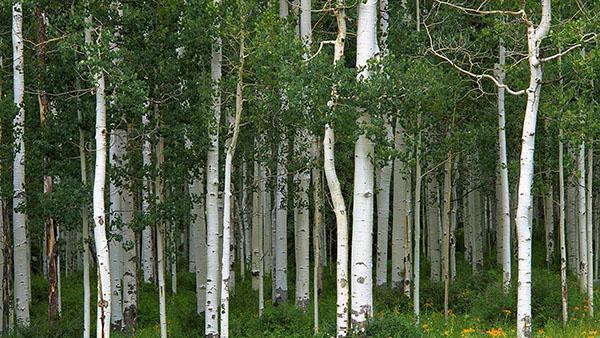 Aspen improves the properties of the soil on which it grows. In the autumn, you can observe abundant leaf fall, and trees also shed small branches. During the winter, this material undergoes a series of chemical transformations and becomes a useful fertilizer. In addition, the root system has its own characteristics. The roots are shallow, but spread over a considerable distance. In the soil in which the aspen grew, there are multi-level passages that are used by more demanding crops. Cultivation of this species is practiced to improve clay and insufficiently fertile soils with low moisture conductivity.
Aspen improves the properties of the soil on which it grows. In the autumn, you can observe abundant leaf fall, and trees also shed small branches. During the winter, this material undergoes a series of chemical transformations and becomes a useful fertilizer. In addition, the root system has its own characteristics. The roots are shallow, but spread over a considerable distance. In the soil in which the aspen grew, there are multi-level passages that are used by more demanding crops. Cultivation of this species is practiced to improve clay and insufficiently fertile soils with low moisture conductivity.
Aspen has a strong root system and often displaces other plants.
Aspen wood in construction
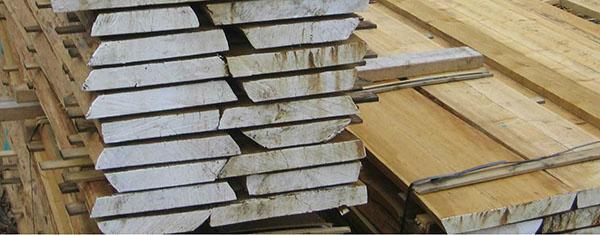 Aspen is also processed into planks. For construction purposes, mature trees that have reached the age of 40-45 years are suitable. The wood is light, practically has no pattern. It has several features:
Aspen is also processed into planks. For construction purposes, mature trees that have reached the age of 40-45 years are suitable. The wood is light, practically has no pattern. It has several features:
- high resistance to high air humidity and precipitation;
- soft but homogeneous structure;
- long service life - over time it does not crack;
- low cost.
Aspen wood is an unstable species, therefore it is not suitable for the construction of residential premises. However, it is popular in the manufacture of wells, baths and other buildings, as well as in the manufacture of matches.
In landscape design
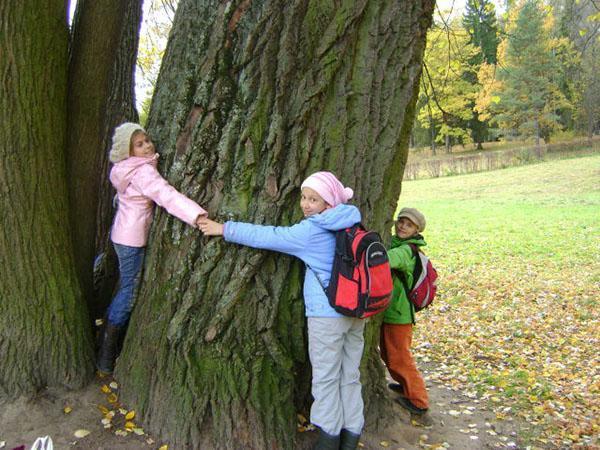 It is important to understand where the aspen tree grows in order to use it in landscape design. She prefers well-lit areas and crowds out other plant varieties.
It is important to understand where the aspen tree grows in order to use it in landscape design. She prefers well-lit areas and crowds out other plant varieties. 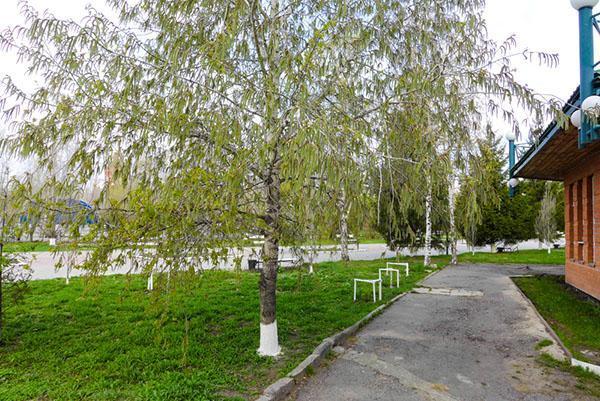 Representatives of this species grow rapidly, forming up to 3 m young shoots in the first years. They are not afraid of heat and frost, they quickly recover after winter. However, they have one problem - the center of the trunk often rots.
Representatives of this species grow rapidly, forming up to 3 m young shoots in the first years. They are not afraid of heat and frost, they quickly recover after winter. However, they have one problem - the center of the trunk often rots.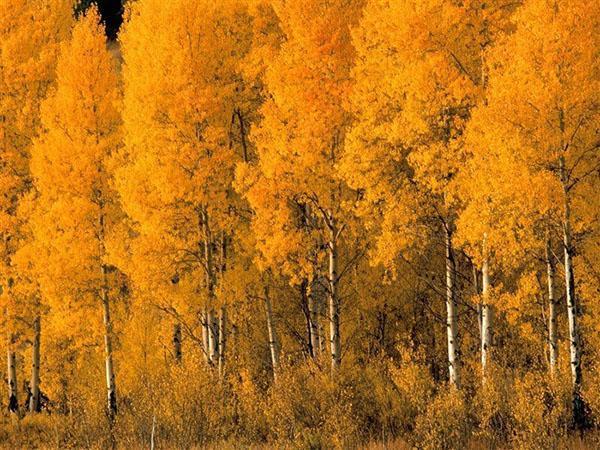 With age, trees become loose and fragile, therefore, when grown under cultural conditions, it is important to check their condition annually.
With age, trees become loose and fragile, therefore, when grown under cultural conditions, it is important to check their condition annually.
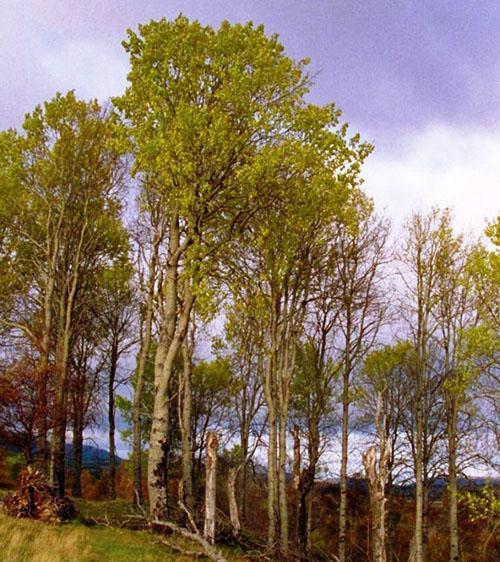 Aspen is popular in landscape design not only for decorative purposes, but also due to its useful properties:
Aspen is popular in landscape design not only for decorative purposes, but also due to its useful properties:
- aspen plantings protect well from the wind;
- on the banks reservoirs wood prevents soil slipping;
- in large settlements it is used for landscaping and for air purification;
- rarely ignites.
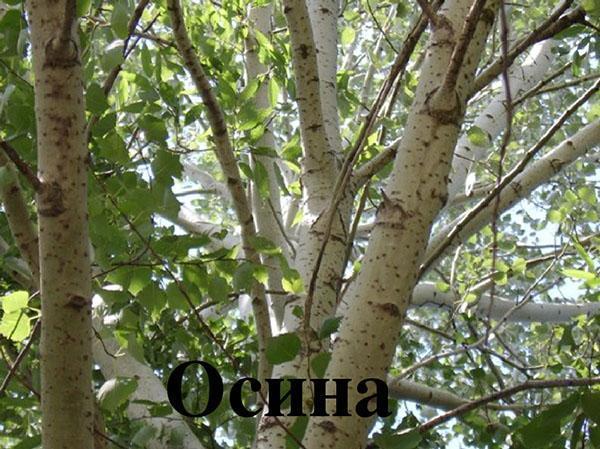 Aspen is ubiquitous. In most cases, it forms separate plantings, displacing less sturdy trees. In nature, it reproduces by seeds, but it is more convenient to purchase and plant seedlings. These are strong trees with a wide root system, unpretentious to growing conditions. They are popular in construction and landscape design, and also continue to be used for the preparation of traditional medicines.
Aspen is ubiquitous. In most cases, it forms separate plantings, displacing less sturdy trees. In nature, it reproduces by seeds, but it is more convenient to purchase and plant seedlings. These are strong trees with a wide root system, unpretentious to growing conditions. They are popular in construction and landscape design, and also continue to be used for the preparation of traditional medicines.
Aspen tree mythology - video